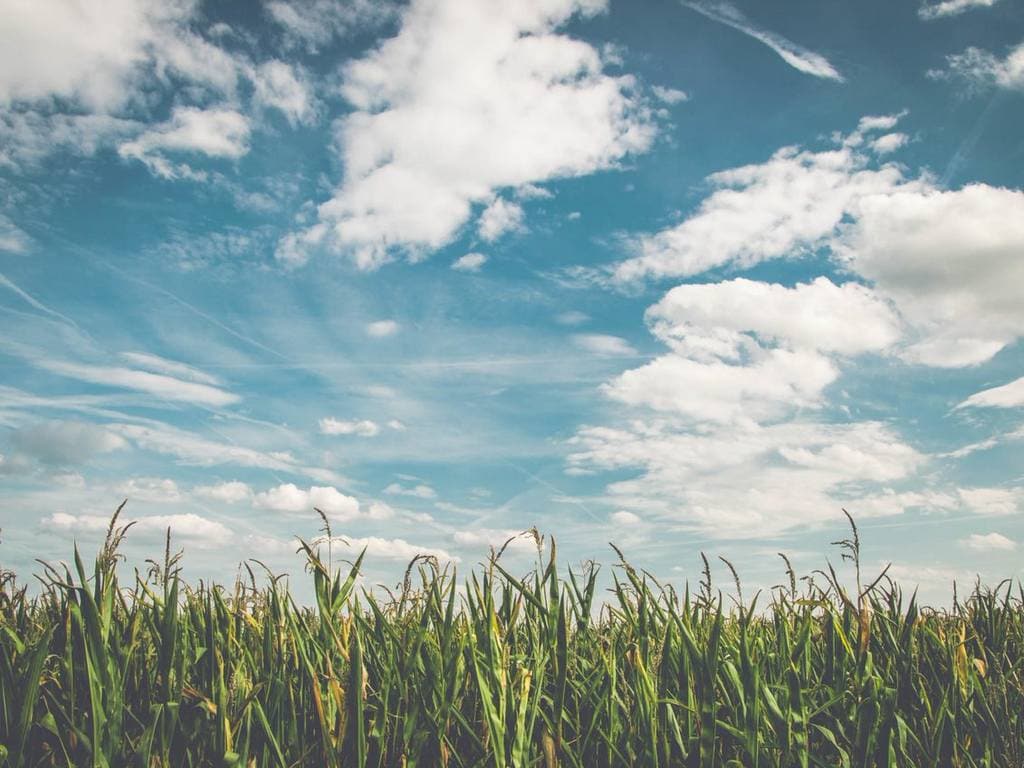India is witnessing the IoT revolution and is being deployed across various verticals including agriculture. With the advancement in technology at hand, the opportunities for IoT to revolutionise the agricultural sector is magnanimous. According to IoT India Congress 2018, Indian IoT market is expected to grow from $3 billion to $9 billion by 2020 across sectors such as telecom, health, vehicles, homes, entire cities and manufacturing floors and computers. The pace of India’s digital revolution is proof that the role of IoT in India is indispensable. (Also read: Indians want IoT to be used for improving healthcare, reducing pollution: Study) With agriculture predicted to contribute about $1 trillion of India’s GDP by 2022, it is imperative that India shifts its focus to revolutionising this sector. To achieve this growth, we need to embrace the technologies at our disposal. There is a huge opportunity for the Internet of Things (IoT) to transform the methodologies applied and processes followed with automation to make operations more efficient, leading to better crop yields. [caption id=“attachment_6486461” align=“alignnone” width=“1024”]
 Representational image[/caption] Plagued by the lower production, high cost of cultivation with the added insufficient or infertile soil, India is losing its generation of farmers. The Economic Survey 2018 predicted the downfall of agricultural workers to 25.7 percent by 2050. With wireless connectivity bridging masses in this digital revolution, it is imperative that we leverage this connectivity to aid the agriculture sector to flourish. The emerging technologies can transform the agricultural landscape to expand into long-term successes for future generations. Several technologies are being integrated with the traditional farming processes to enable smart agriculture practises for farmers. With the implementation of IoT, farmers will be empowered with data-driven intelligence. This will enable them to live track the weather and environment, real-time asset management, equipment controlling, selection and harvesting of crops, monitoring crop health with drone and imagery technology, soil nutrition level and water content monitoring in the crop fields, quick communication exchange with agriculture experts located remotely, predicting pricing trends, and a plethora of other extensive benefits. If we look at the scenario today, IoT is changing the landscape of the traditional weather stations into automated-wireless units delivering highly accurate climate information with data analytics for the core weather predictions. IoT innovations for small agricultural operations can significantly increase profit margins by minimizing the need for manual labour with automation and accelerating machinery commands with remote and real-time monitoring. Remote equipment controlled from centralized data centres, and smartphones and wireless devices are minimizing the travel time and associated costs. This will over the time equip farmers to expedite their work cycles with equipment that can be powered on or off at any time from anywhere. Another aspect where IoT can help is bringing down the CapEx investments in equipment for the farmers with innovative commercial models such as tractor as a service and farm equipment as a service. Such models would help farmers not to buy tractors and heavy-duty farm equipment but to rent them out when required and pay by hourly usage. This is particularly beneficial for small land holding and poor farmers who take debt for farm equipment and then are caught in the vicious debt cycle. Automated irrigation is another way forward for the farmers which will transition how they manage the irrigation system across the fields. The data-driven sensors will bring in smart irrigation systems and ease the process for farmers at large.
Agriculture has a lot of potential and stands as one of the sectors that can incur the most out of IoT.
Advertisement
End of Article


)
)
)
)
)
)
)
)
)



